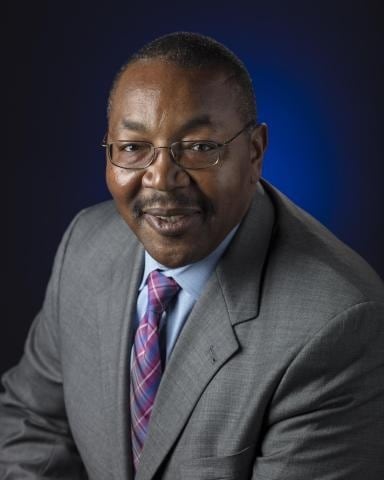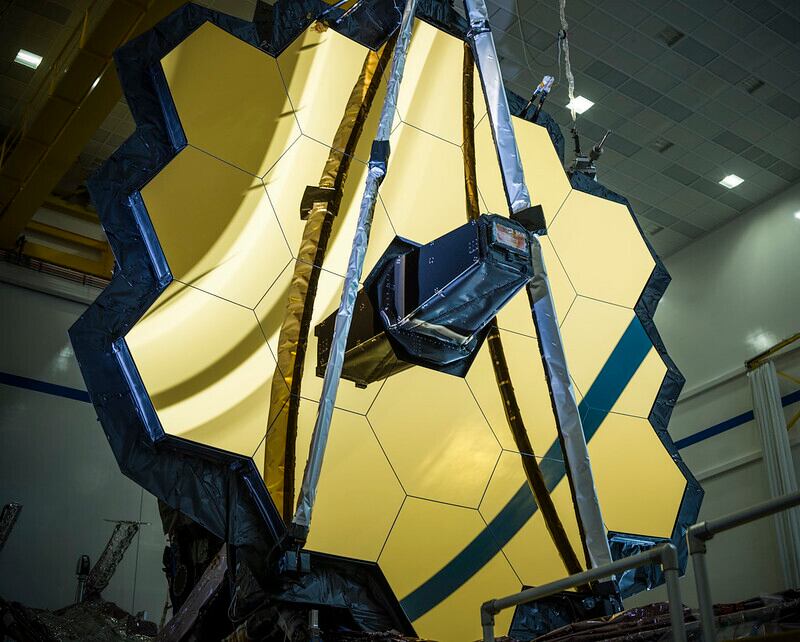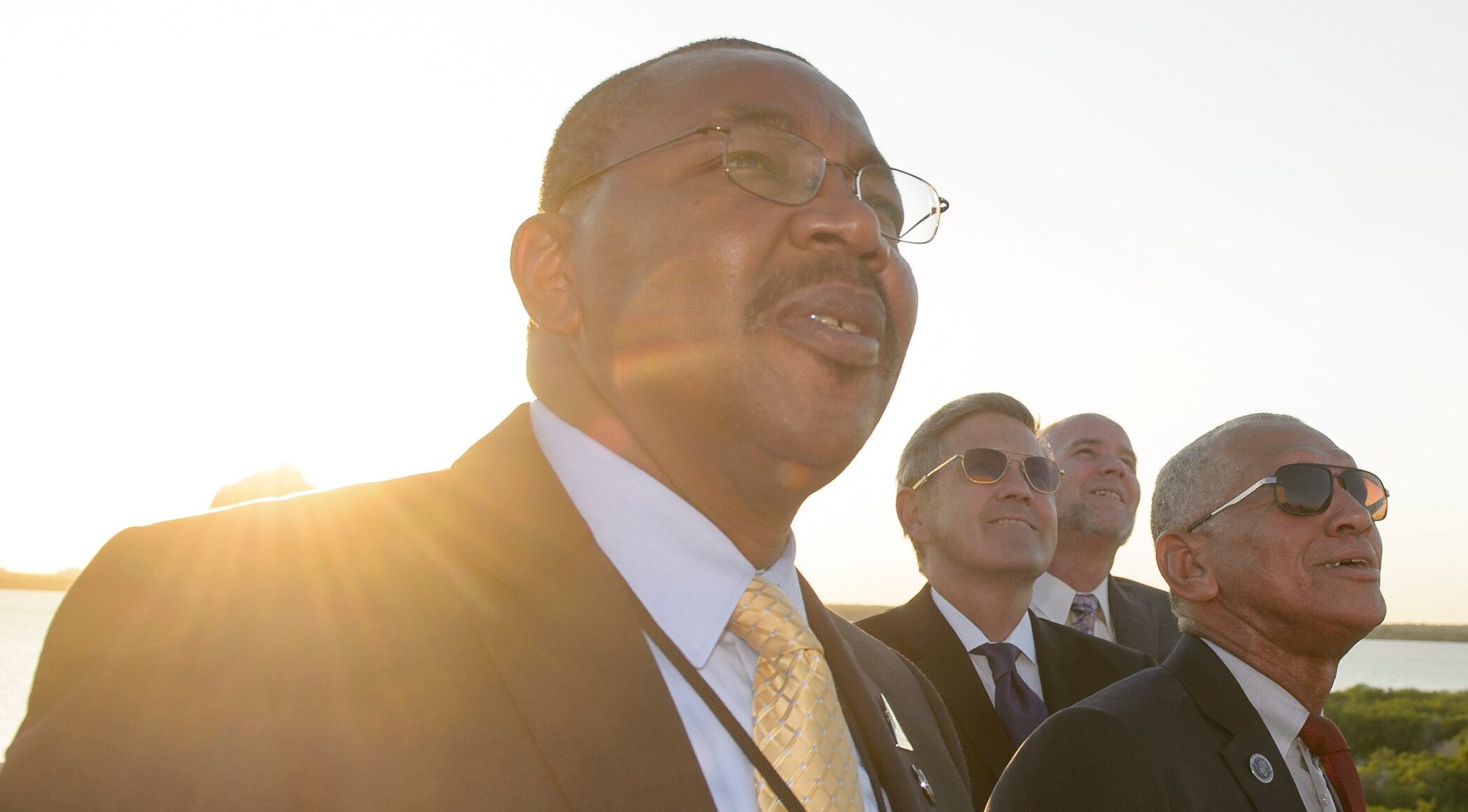As we celebrate Black History Month, Cheddar is highlighting prominent Black Americans who are carving their own historic paths and trailblazing in their industries. While Black History Month has become synonymous with reflecting on past achievements of Black Americans, it is important that we acknowledge today's historic feats as they happen.

On Christmas Day 2021, NASA finally launched the long-awaited James Webb telescope as part of its effort to peer into the past, some 13 billion years ago. The $10 billion telescope is the largest and most powerful space observatory in history, according to NASA. The goal of the mission is to take a look at distant galaxies and understand their development from infancy — but just getting the telescope into space was an achievement in and of itself.
In 2018, Greg Robinson, director of NASA's James Webb Space Telescope program, was selected to head up the mission after it neared the brink of termination due to financial, scheduling, and technical roadblocks. Prior to being tapped to lead the JWST program, Robinson held several leadership roles through his tenure at the agency. On his selection to lead the JWST mission, he said it was an opportunity to unveil some of the hidden secrets of the cosmos.
"I'm truly honored to lead the development of such an iconic mission, and an amazing and incredibly smart team. Webb is the largest, most powerful satellite ever built by NASA, and it will unlock many mysteries of our vast universe. We will always look at the heavens/sky differently," Robinson told Cheddar.

For Robinson, the pursuit of higher education was pivotal in his trajectory toward NASA. Born to tobacco sharecroppers in Danville, Virginia, early in life he knew school would be his one-way ticket to a better life but with little funds to pay for it, the plan was up in the air. That is until he received a full scholarship to Virginia Union University, where he received a bachelor's degree in math before transferring to Howard University to earn another bachelor's in electrical engineering. He went on to continue his education at Averett University, in his hometown of Danville, where he earned an MBA.
As a graduate of two historically Black colleges and universities, Robinson said those institutions remain critical in educating Black students across all fields, but predominantly white institutions and non-HBCUs both have a responsibility to embrace Black students in STEM fields, especially at the Ph.D. and undergrad levels.
"Acknowledgement that diverse and inclusive work environments have higher performance, industry, academia, and government must learn to take advantage of more diverse workforces," he said. "Leading major space and technology missions and major organizations by Black people should become the norm versus the exception, which is my vision for the near future."
Robinson began his full-time tenure at NASA in 1989 and 33 years later, he's set to be honored at the "Innovation & Equity 21: 50 Most Important African Americans in Technology" event where he'll be honored alongside several other NASA colleagues. For him, he said, the honor is about inspiring another generation to push their limits and pursue careers in science and technology.
"Receiving the Roy L. Clay Sr Technology Pinnacle Award is quite humbling! He is a true technology pioneer, who is not as broadly recognized as he should be (should be a household name). There have been so many before me and currently who I revere because of their intelligence, tenacity in overcoming tremendous barriers, accomplishments and the wherewithal to give back," Robinson said.
Read more of our "Celebrating Movers and Shakers This Black History Month" series:



